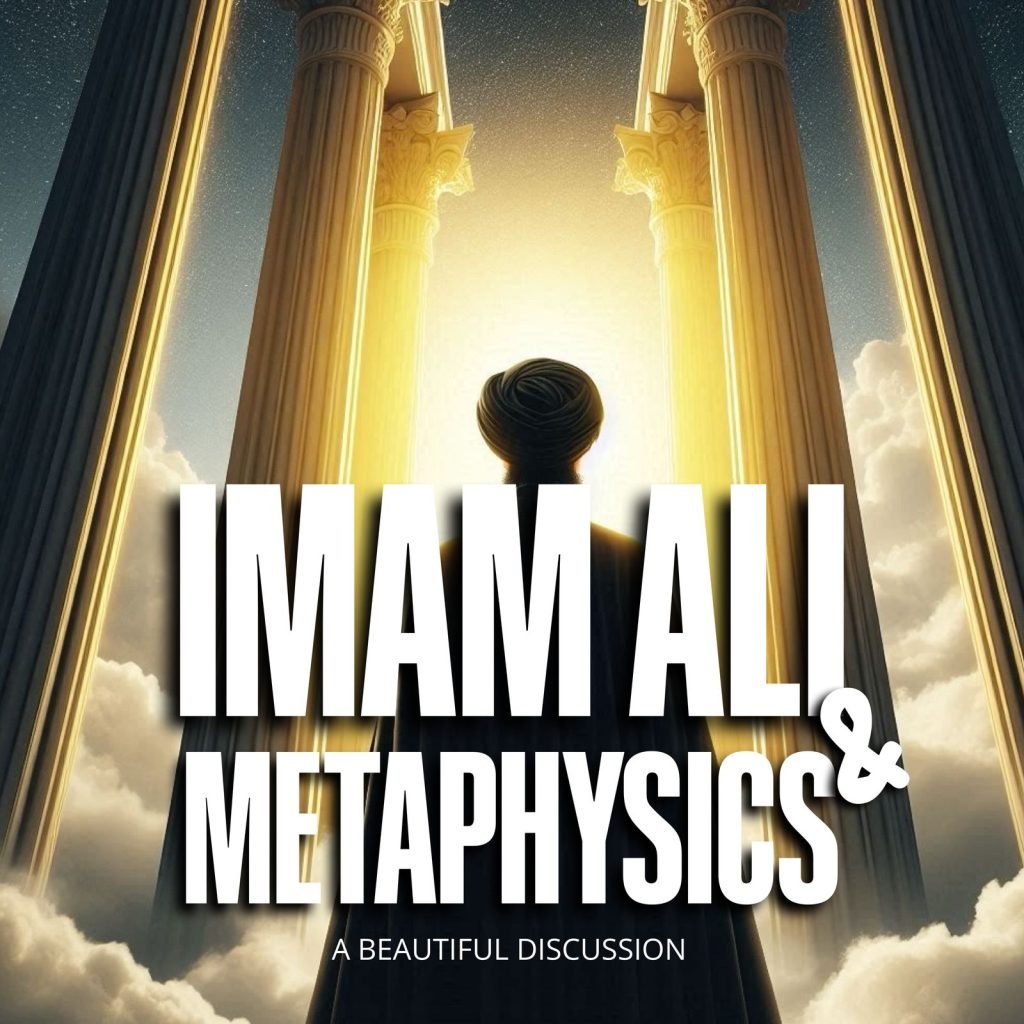Long before the famous physician William Harvey (1578–1657) was credited with the discovery of blood circulation in the 17th century, Imam Ja’far al-Sadiq (as) had already described the process in remarkable detail. His teachings, recorded in discussions with his student al-Mufaddhal ibn Umar, reveal a profound understanding of the human body’s circulatory and digestive systems. Let’s explore his insights and compare them with modern scientific knowledge.
Imam al-Sadiq’s (as) Explanation of Blood Circulation
In his conversation with al-Mufaddhal, Imam al-Sadiq (as) said:
“O Mufaddhal! Reflect on how food reaches the body and the mechanisms involved. Food enters the stomach, where it is digested. The digested material is then purified and sent through delicate vessels to the liver. The liver, being a delicate organ, cannot tolerate impurities or anything harmful. If impurities were to reach the liver, it would be unable to bear them, leading to harm.”
He further explained:
- The purified nutrients are transported through thin vessels (blood vessels) to the liver.
- The liver processes these nutrients and distributes them throughout the body via the bloodstream.
- If waste products, such as urine or gastric excrements, are not properly eliminated, they can re-enter the bloodstream, poisoning the body and causing exhaustion and destruction.
Scientific Validation of Imam al-Sadiq’s (as) Teachings
Modern medicine confirms the accuracy of Imam al-Sadiq’s (as) description. Here’s how his teachings align with contemporary scientific understanding:
- Digestive System and Nutrient Absorption:
- Food is broken down in the stomach and intestines.
- Nutrients are absorbed into the bloodstream through the walls of the small intestine.
- These nutrients are transported to the liver via the hepatic portal vein, where they are processed and distributed to the rest of the body.
- Blood Circulation:
- The circulatory system, comprising the heart, blood vessels, and blood, transports oxygen, nutrients, and waste products throughout the body.
- The liver plays a central role in filtering toxins and metabolizing nutrients, as described by the Imam (as).
- Toxicity from Waste Accumulation:
- If waste products like urea (from urine) or toxins (from undigested food) are not eliminated, they can re-enter the bloodstream, leading to conditions such as:
- Uremia: A buildup of urea in the blood, causing fatigue, nausea, and organ damage.
- Sepsis: A life-threatening condition caused by the spread of toxins or bacteria in the bloodstream.
- Delicate Nature of the Liver:
- The liver is indeed a sensitive organ that can be easily damaged by toxins, infections, or excessive stress. Modern medicine emphasizes the importance of protecting the liver through a healthy diet and avoiding harmful substances.
Comments by Shaykh Muhammad al-Khalili
The late physician Shaykh Muhammad al-Khalili highlighted the significance of Imam al-Sadiq’s (as) teachings, stating:
“Imam al-Sadiq (as) spoke with clarity and precision about blood circulation, a concept that was only confirmed by medical science twelve centuries later. He also explained the functions of the digestive system, urinary system, gallbladder, spleen, liver, and urinary bladder. His description of how toxins can spread through the body if waste is not properly eliminated aligns with modern medical knowledge, such as urinary envenomed states and gastric poisoning.”
Lessons for Students
- Integration of Science and Faith: Imam al-Sadiq’s (as) teachings demonstrate that Islamic knowledge and scientific inquiry are deeply interconnected. His insights into human anatomy and physiology were far ahead of their time.
- Importance of Observation and Reflection: The Imam (as) encouraged his students to reflect on the natural world, fostering a spirit of curiosity and discovery.
- Holistic Understanding of Health: His emphasis on the liver’s role and the dangers of toxin accumulation highlights the importance of maintaining a balanced and healthy lifestyle.
Conclusion
Imam al-Sadiq’s (as) description of blood circulation and the digestive system is a testament to his profound knowledge and the timeless nature of Islamic teachings. His insights, which predate modern medical discoveries by centuries, serve as a reminder of the importance of seeking knowledge and understanding the intricate design of the human body.
For students of science and medicine, Imam al-Sadiq’s (as) teachings are not only a source of inspiration but also a call to explore the wonders of creation with humility and gratitude.
May we continue to learn from the wisdom of the Ahlul Bayt (as) and strive to contribute to the betterment of humanity through knowledge and faith. Ameen.
Reference: The Arabic version of the book: The Medicine of Imam Sadiq, pg.30-32




